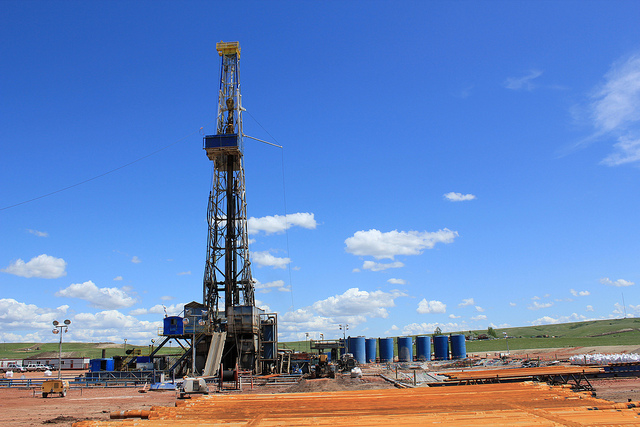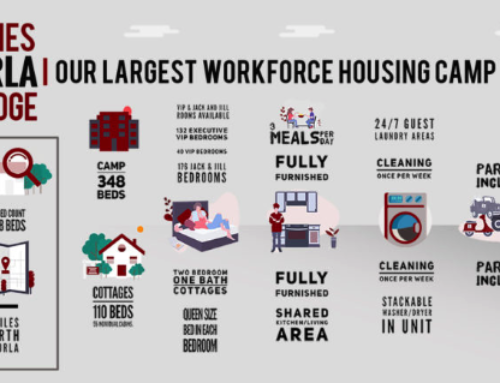We all likely remember the famous slogan from the 2008 U.S. election cycle, “Drill, baby, drill!” This catch phrase stirred up America’s core constituency. It made them crave energy independence, and it incited anger and resentment against anyone or anything that stood in the way of attaining it. What voters didn’t know is that, regardless of the election outcome, the United States was about to enter a decade that would usher in the biggest oil boom since the 1960s and 70s. What’s more, the rush would be flowing from inside our country’s borders.

Photo by Niels Linneberg
The new American oil boom, which started in 2008, fueled by new technology and fresh drilling opportunities, has put the U.S. on track to become the world’s largest producer of oil by the year 2015. Astonishingly, the entire global structure of oil production is on its way to a permanent structural change. In just a matter of years, the world’s epicenter of oil production will shift from the Middle East to the U.S., creating new opportunities for energy independence and export.
An Unexpected Boom
Neither analysts nor market watchers were able to predict that the boom we’re seeing now would become so big or materialize so quickly. The synergistic power behind unique circumstances in pricing, technology, and opportunity brought about the boom more rapidly than industry leaders could ever have expected.
“I don’t really think anyone saw this coming,” said industry analyst Steve Sawyer in a January story by Bloomberg News. “The U.S. shale boom happened much faster than people thought. We’re in the middle of a new game. There’s nothing in the past that predicts what the future will be.”
What Made it Possible
The beginning of the shale boom is traced to 2008, a year when American oil production experienced notable growth for the first time in decades. As the industry continued to prosper throughout the next three years, advanced drilling techniques became more prevalent, and operational costs started to sink, which resulted in an eight-year high for domestic crude oil production in 2011.
In the midst of this already profitable market, costs of hydraulic fracturing and horizontal drilling began to drop steadily, and oil companies saw opportunity in the once-untapped resources of the shale fields spanning the northern and southwestern United States. At one time, these deposits were thought to be either too difficult or too costly to access, but the falling prices of new drilling technology made them a viable option for U.S. oil companies.

Photo by Lindsey Gira
Now that these enormous deposits are being harvested, the U.S. oil industry has surged to a level unheard of for several decades, leading commentators to believe that the U.S. is well on its way to becoming the world’s largest producer of oil.
The New Frontier
These new developments in American oil production are exciting for two major reasons. First, energy independence for the United States is now an attainable goal. According to a 2012 report from the International Energy Agency, the U.S. could become “all but self-sufficient” in a matter of years. Second, if U.S. policies are adjusted, the export of American oil could become a major source of revenue and economic stimulation.
With this boom comes a new chance for American oil, a new frontier. The energy sector, an industry where the U.S. was once considered weak and reliant, has now transformed into a source of strength and prosperity. And considering the advancement of technology, not to mention the discovery of new domestic resources, it’s not going to disappear any time soon.





